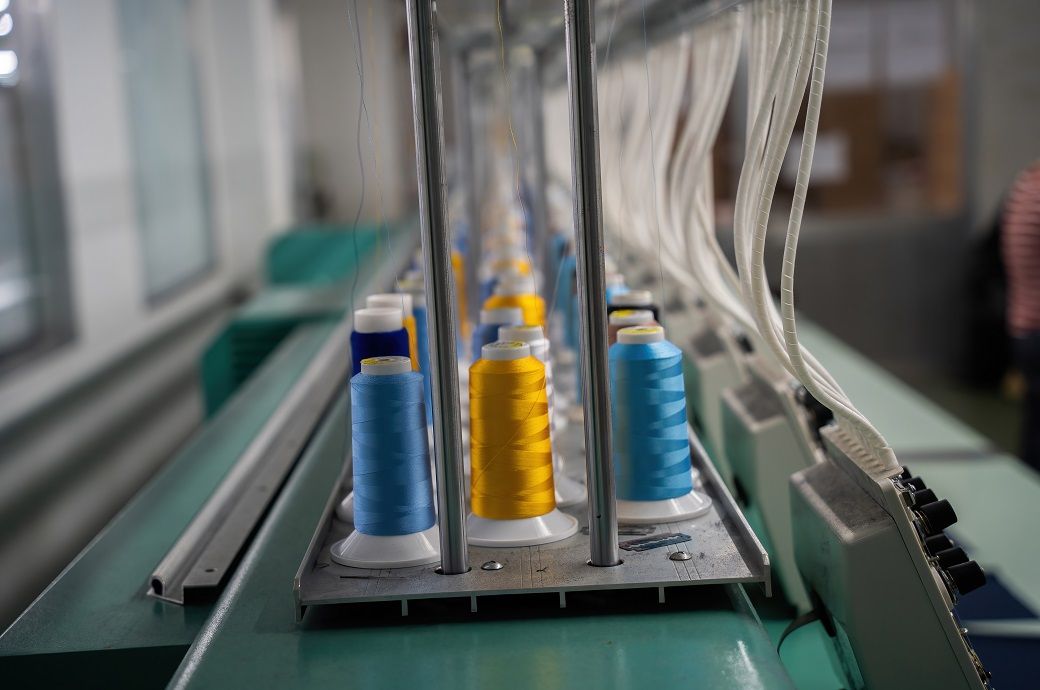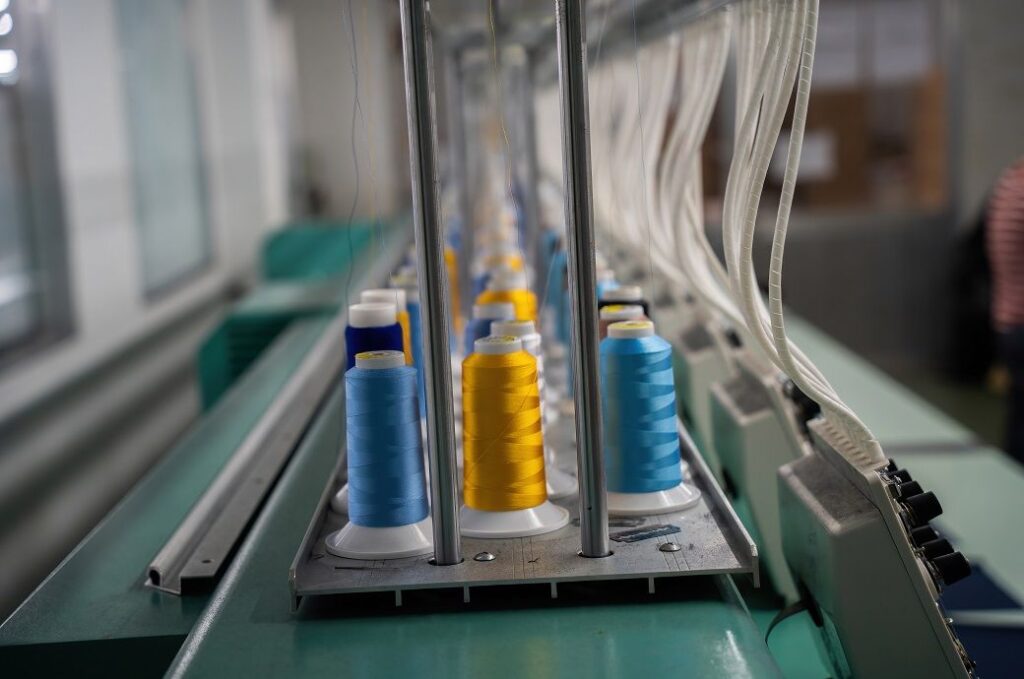
Although order books were supported by domestic demand, tariffs resulted in heightened uncertainty and a noticeable drop in new export sales.
Confidence in the outlook fell to its lowest since last June, while job losses were recorded for the first time in six months.
The US manufacturing sector expanded only marginally in April, amid subdued growth in new work and a further fall in output, S&P Global Ratings said.
Tariffs resulted in heightened uncertainty and a noticeable drop in new export sales.
Production fell for a second month in a row, albeit marginally and at a slower pace than in March.
Supply disruptions and cost concerns were widely noted.
Tariffs reportedly led to steep increases in both input costs and selling prices. Output charges notably rose to the greatest degree in over two years, a release from S&P Global Ratings said.
The seasonally adjusted S&P Global US manufacturing purchasing managers’ index (PMI) recorded 50.2 in April, unchanged since March. Although above the crucial 50 no-change mark for the fourth consecutive month, the index again signalled only a marginal expansion.
Manufacturing production declined for a second month in a row during April, albeit marginally and at a slower pace than in March. This partly reflected ongoing gains in new work, for which April’s survey indicated a fourth successive monthly rise.
Some firms reported that sales had risen on the back of clients switching, where possible, to US produced goods due to tariffs on imports.
International sales fell and acted as a noticeable drag on total new order book growth, which was marginal overall and the softest recorded in 2025 so far.
New export orders declined to the greatest degree since last November. Tariffs were reported as the key reason behind the decline in new export sales.
Panellists noted an increased apprehension in product markets, mainly around the future direction of US trade policy. This served to weigh on confidence.
Although many firms expect to see growth in production over the next year, linked in part to hopes that tariffs will boost domestic-based manufacturing, sentiment overall dropped to its lowest since last June.
Supply disruptions and cost concerns, again linked to tariffs, were widely noted. Present price trends showed input prices rising at a fractionally slower pace than in March, when costs had increased to the greatest degree since August 2022.
Tariffs PMI Input Prices and exchange rate factors were cited as pushing up the price of inputs during April. In response, firms sought to protect margins by increasing their own selling charges to the greatest degree since early 2023.
Tariffs were also reported to have led to some modest supply-side disruptions. Average lead times lengthened for a seventh successive month in April, and to the greatest degree for two-and-a-half years. This was despite a reduction in demand pressure as purchasing activity declined for a second month running, the rating agency noted.
Meanwhile, stocks of finished goods in the United States were reduced for a fifth month in a row, and to the greatest degree of the year so far. In some instances, subdued sales forecasts led firms to adjust their inventories downwards.
Lacklustre growth in order books and uncertainty about future prospects meant on an average, manufacturers reduced employment for the first time since last October, generally by choosing not to replace leavers at their plants.
Capacity remained sufficiently high to ensure backlogs of work were cut for a thirty-first successive month.
Fibre2Fashion News Desk (DS)

